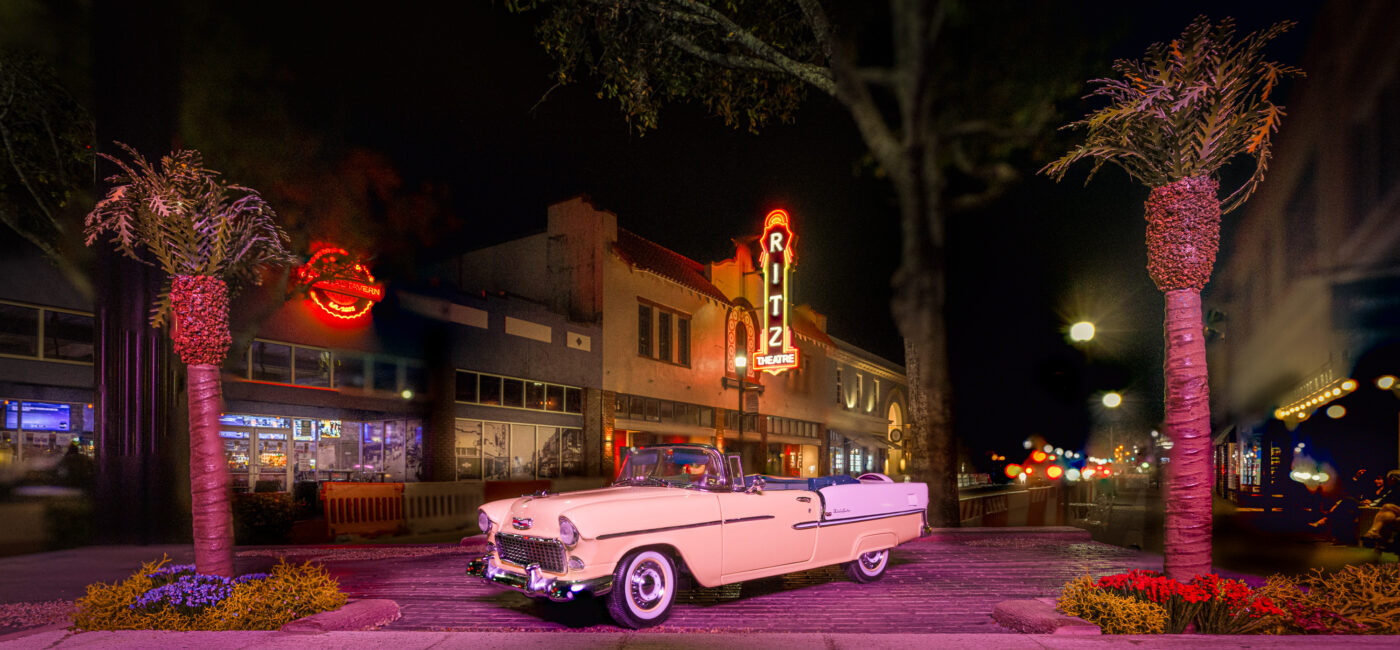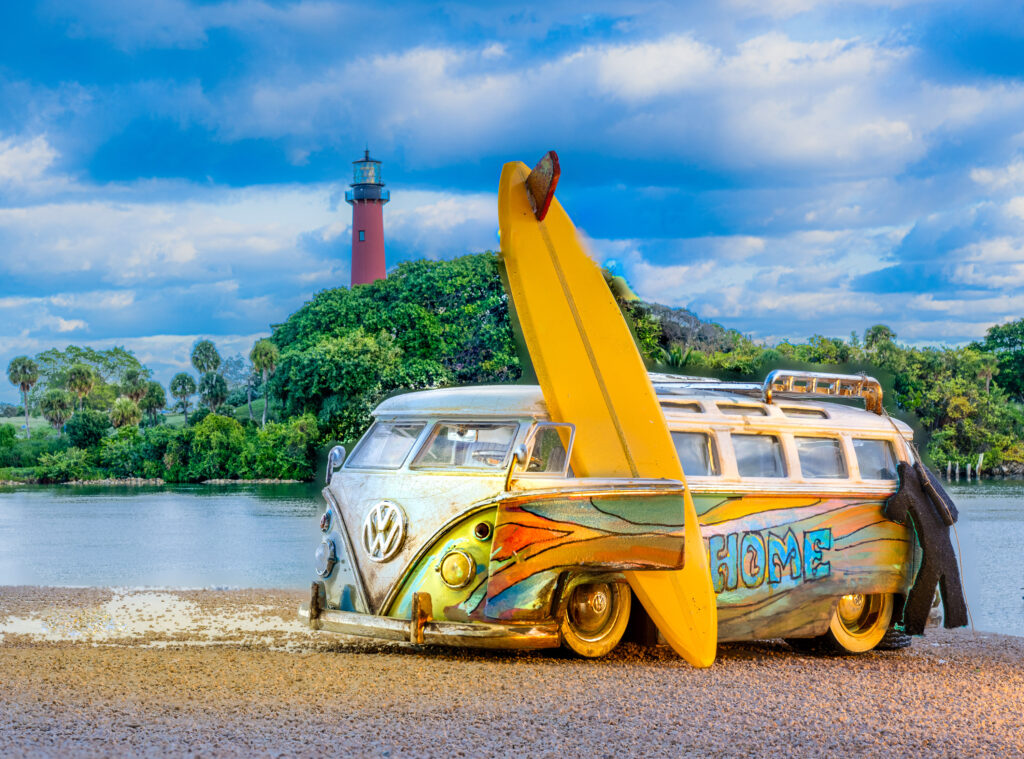
So here it is.
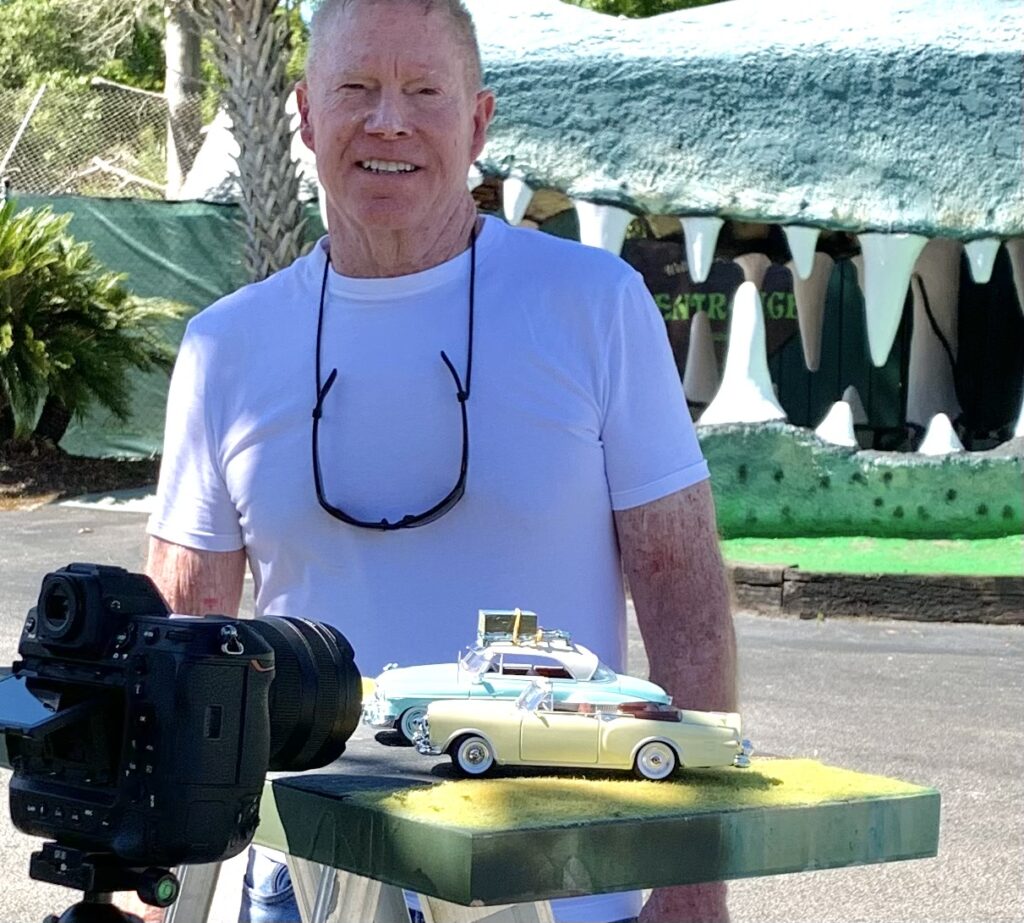
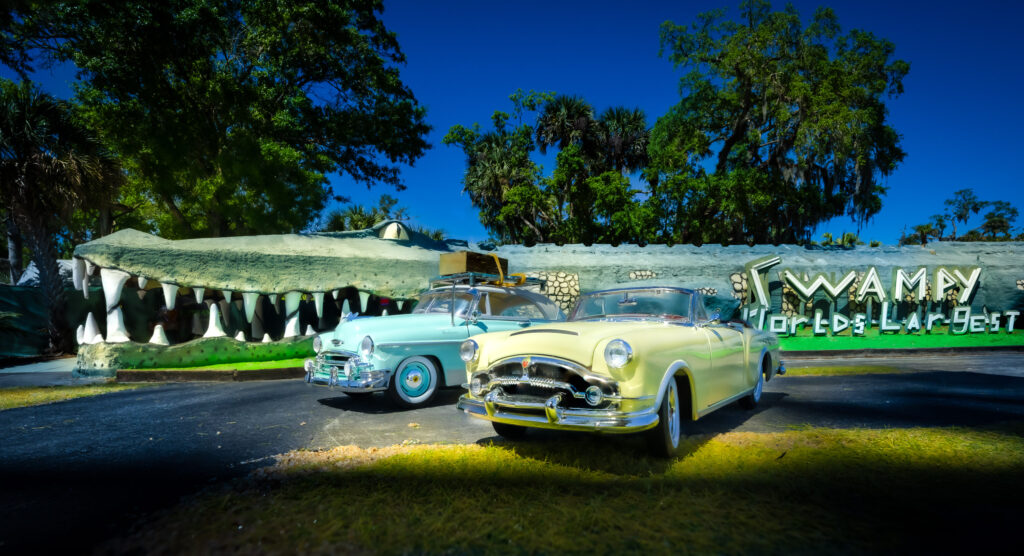
And, here are some more of the process and final images, and the story of my childhood impressions of old Florida.
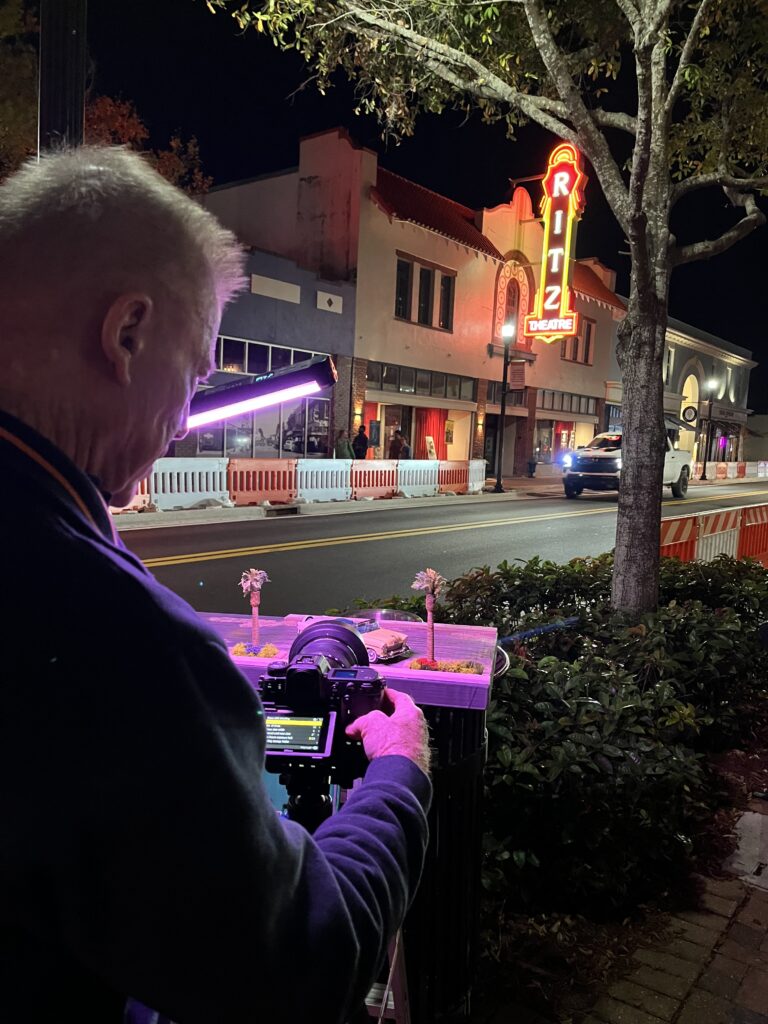
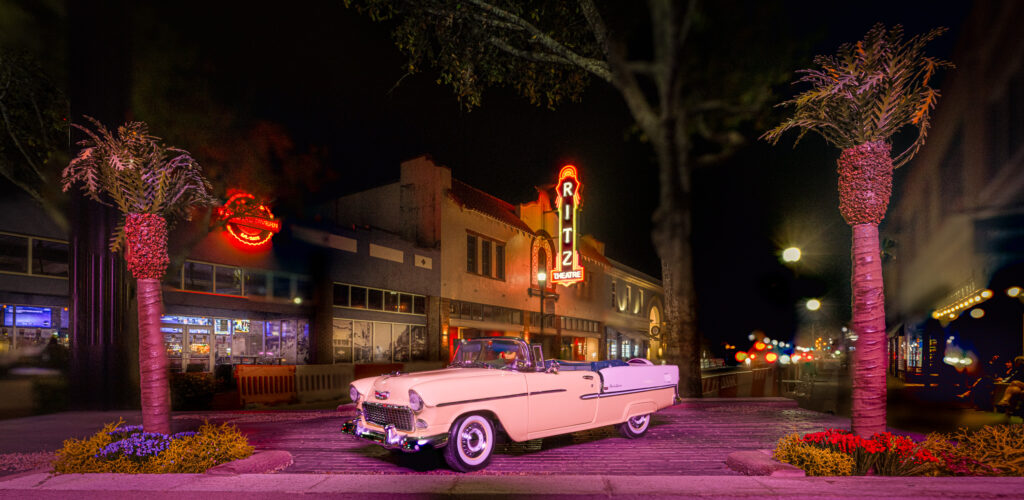

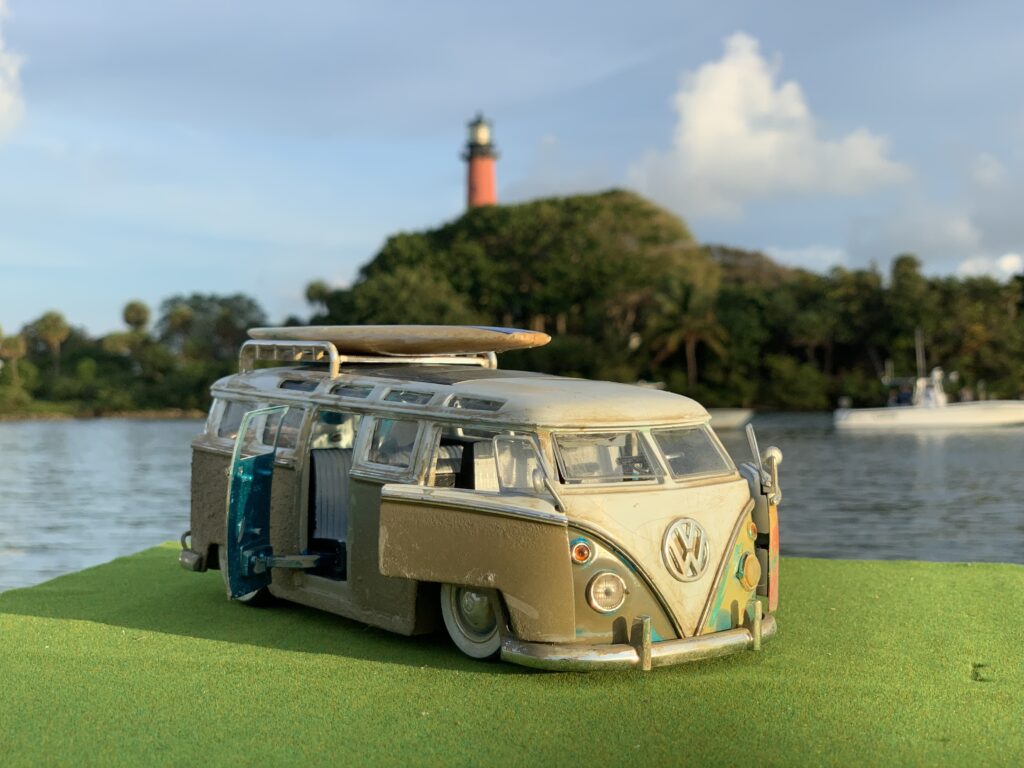
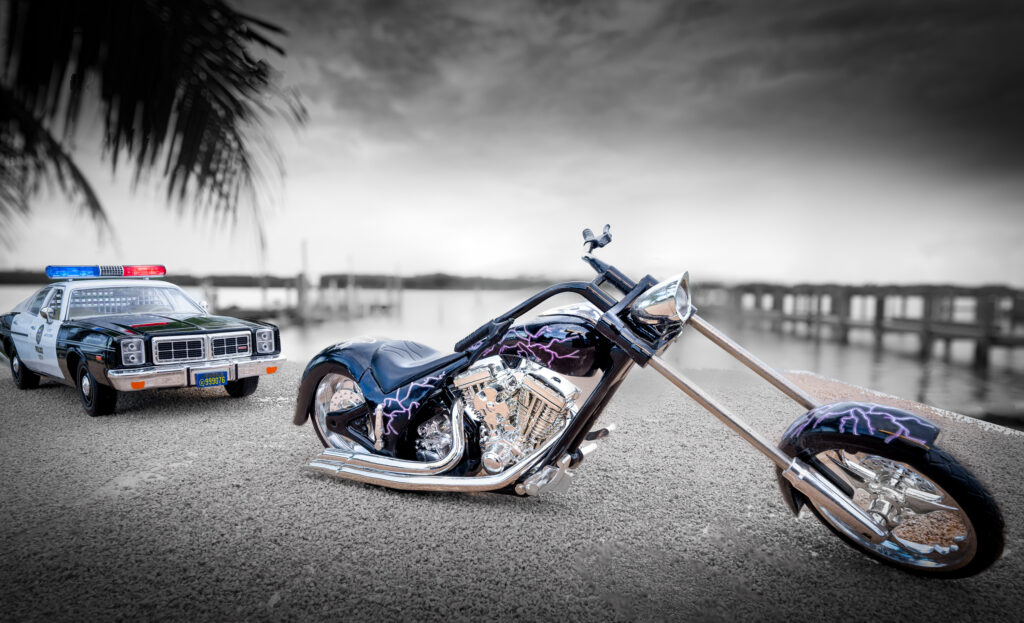
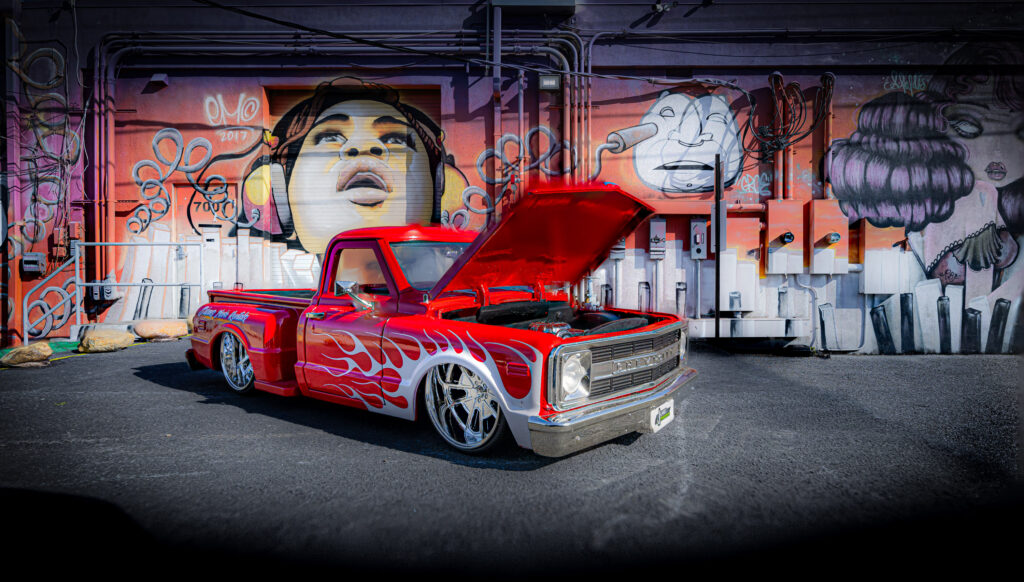
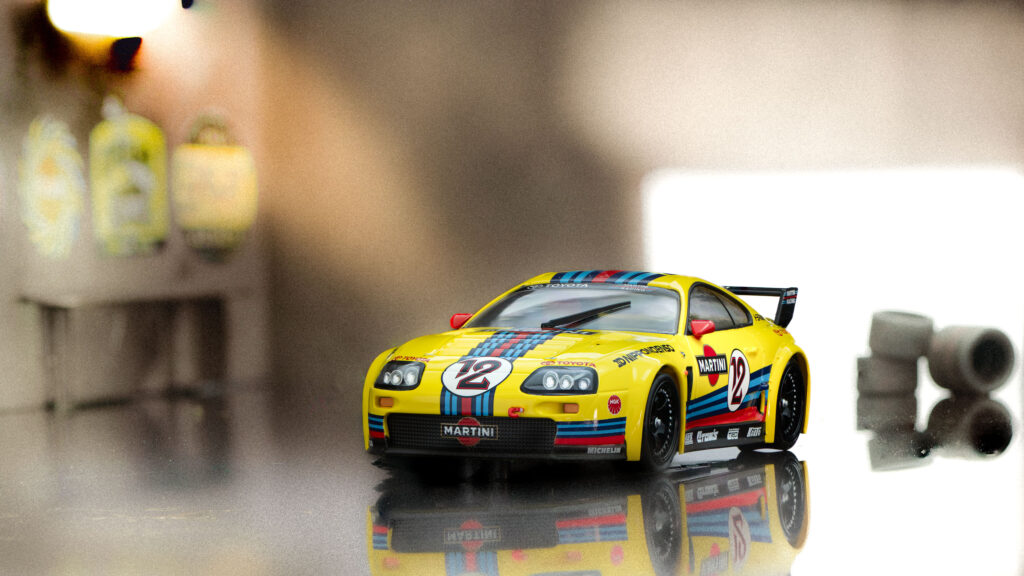
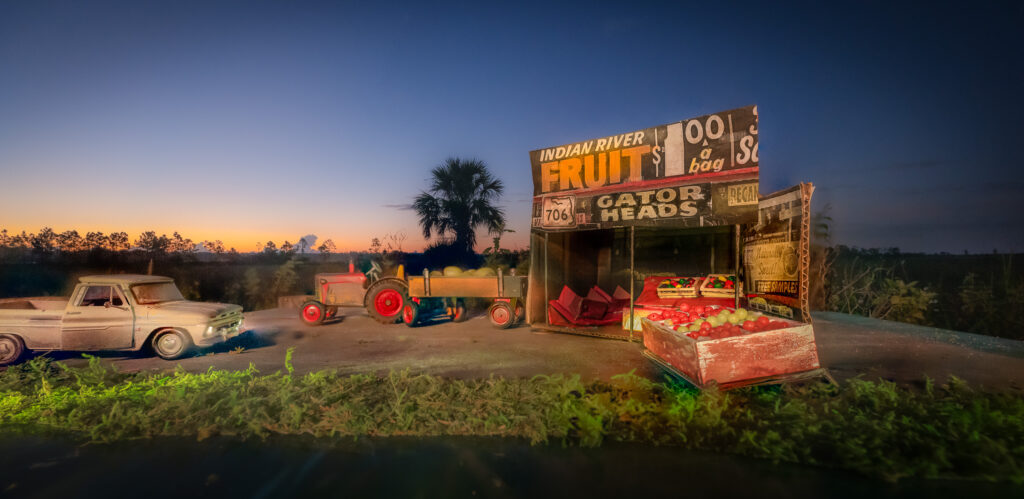
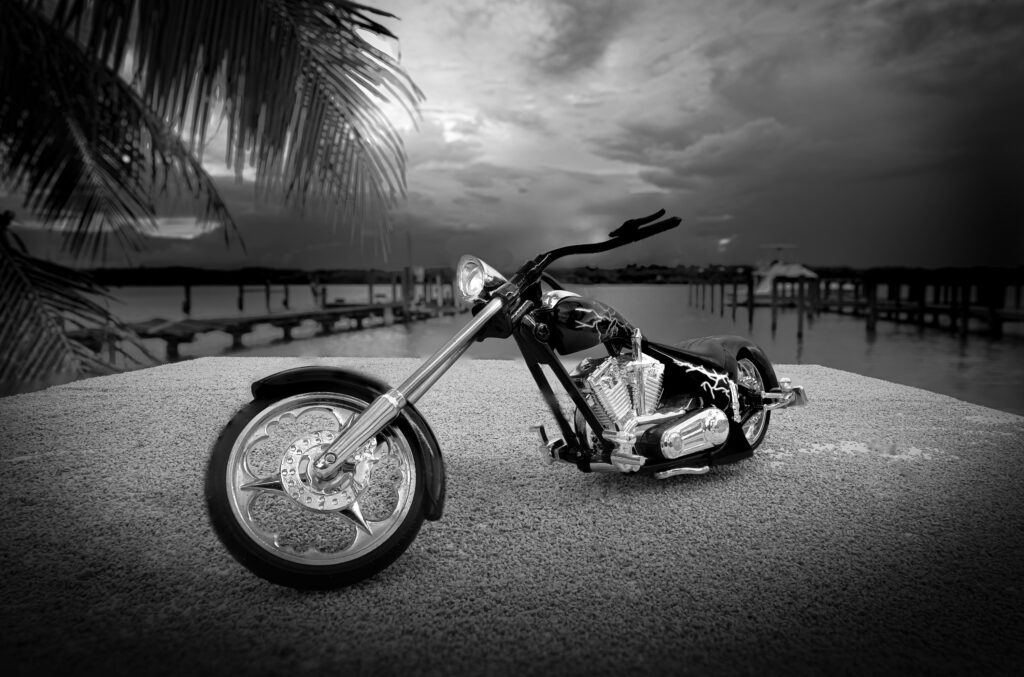
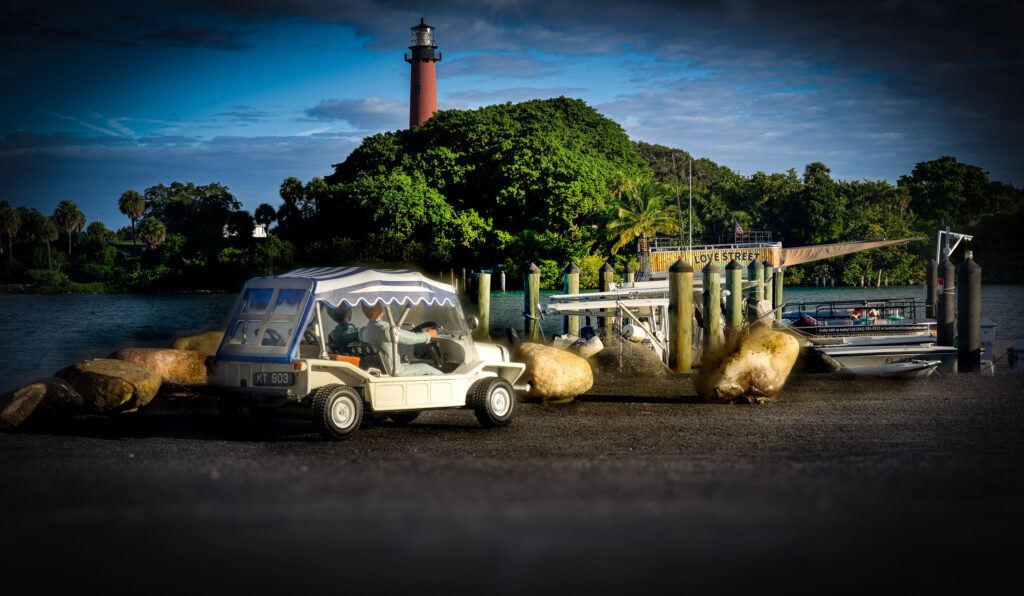
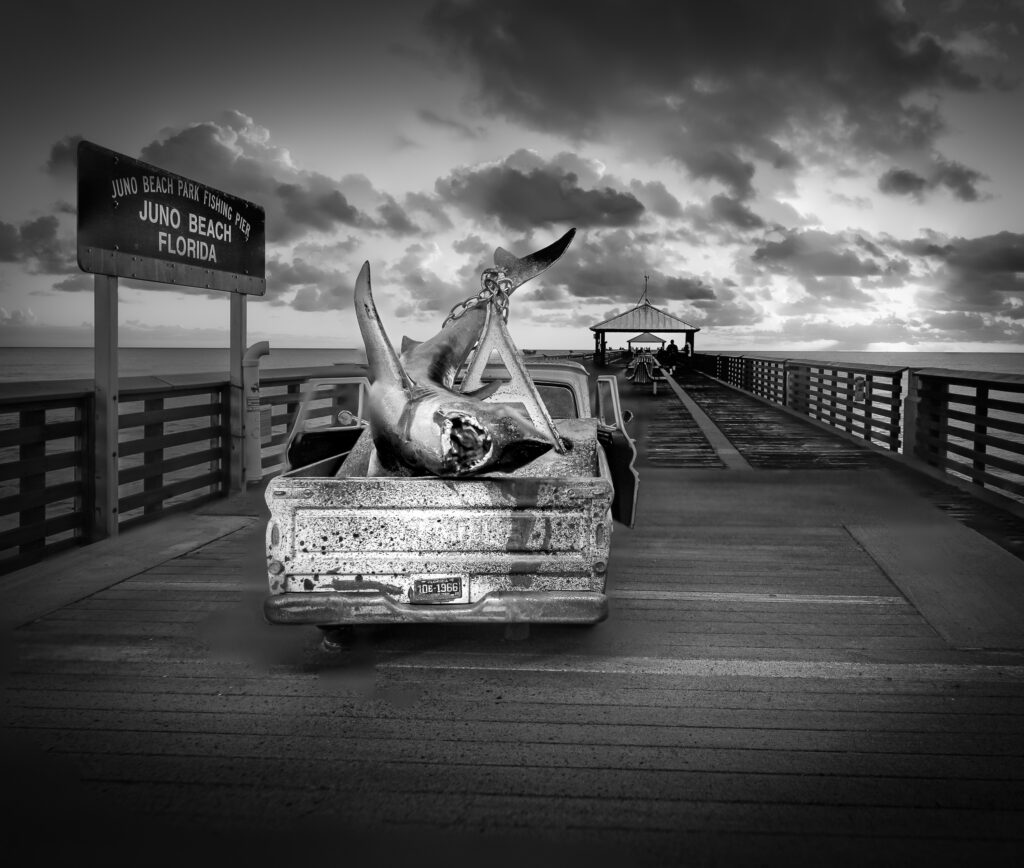
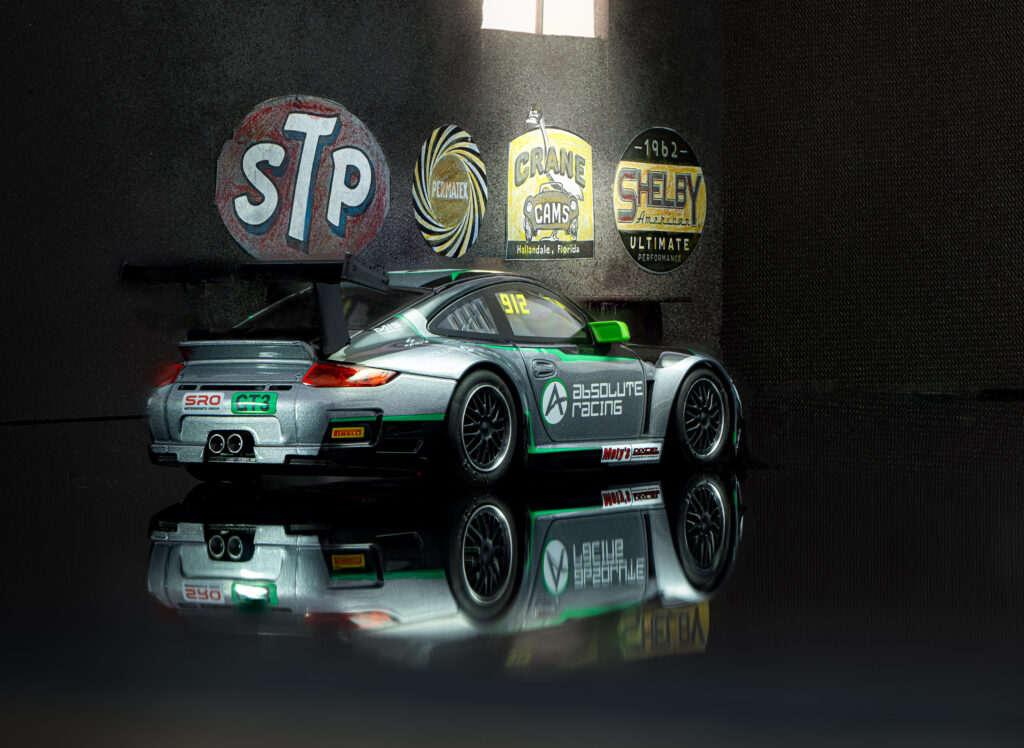
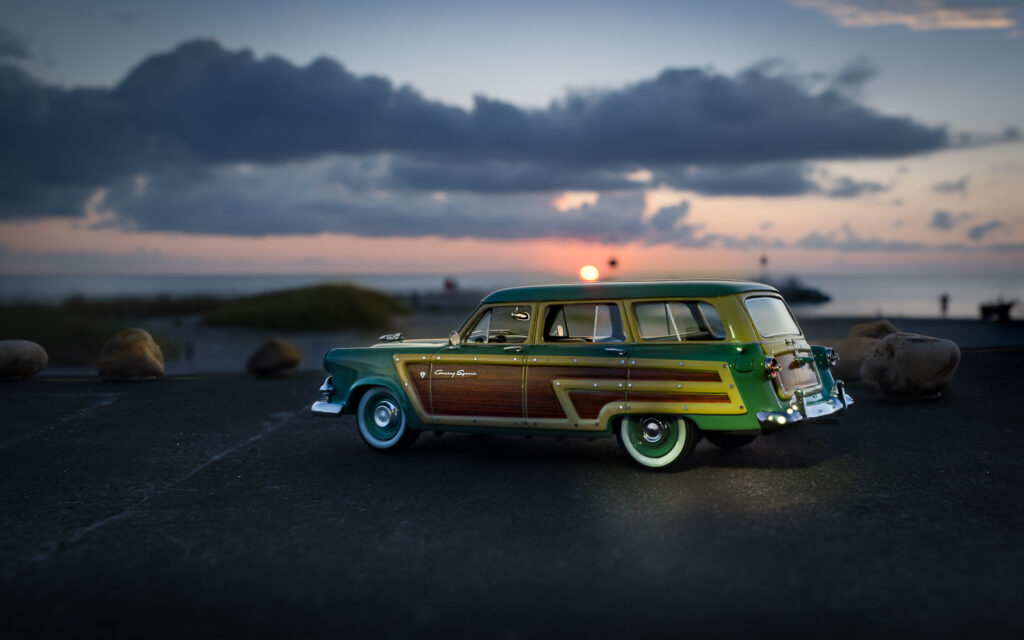
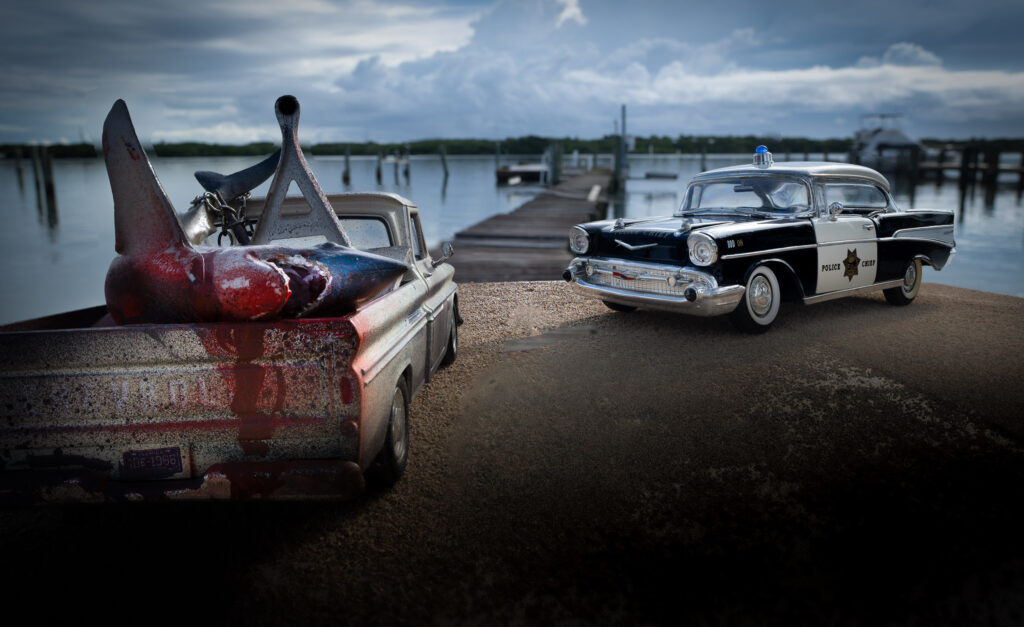
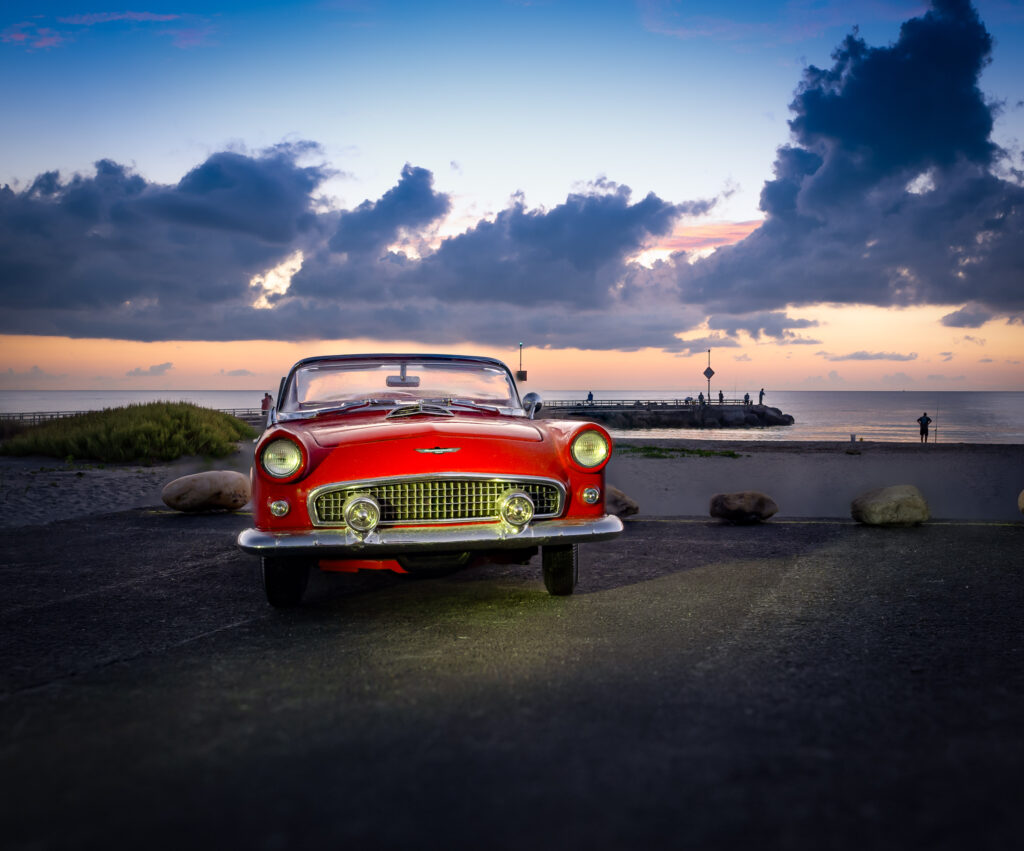
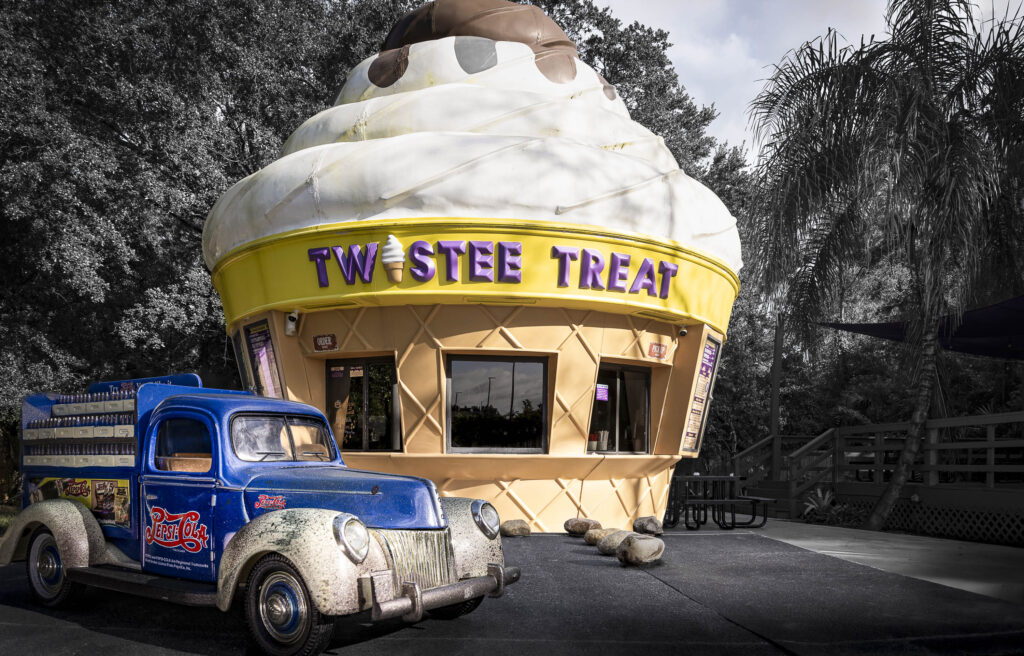
“Finding Florida” My introduction to the Sunshine State.
“We are moving to Florida” my father announced. I was five years old and content climbing backyard trees on Long Island, New York.
Just like that, our family packed in a week. I found myself learning about America from the back seat of a 1956 Dodge station wagon. My teachers were the highway billboards along U.S. Highway One. Billboards broadcast the personalities of America’s states.
New Jersey seemed angry and gray “No gas for next fifty miles”. Virginia with very few roadsigns seemed to me green, calm and dignified. The Carolina’s harped boastfully—“One million Fireworks!” “World’s Largest Hamburger” Georgia was tricky. The roads were suspiciously devoid of speed limit signs, and yet the cops found nearly every out-of-stater to be speeding.
What would Florida, our new home be like?
Crossing the state line (a a broad marshy expanse) the first sign we passed proudly announced “Stuffed Gator Heads” for sale.
I decided that Florida was a crazy frontier where anything goes. The more miles we covered, the more my thesis was proven correct.

A few hundred billboards later, we arrived on Singer Island at Bill’s Sailfish Marina a place where fishing docks extended over swimming pool clear water teeming with tropical fish.
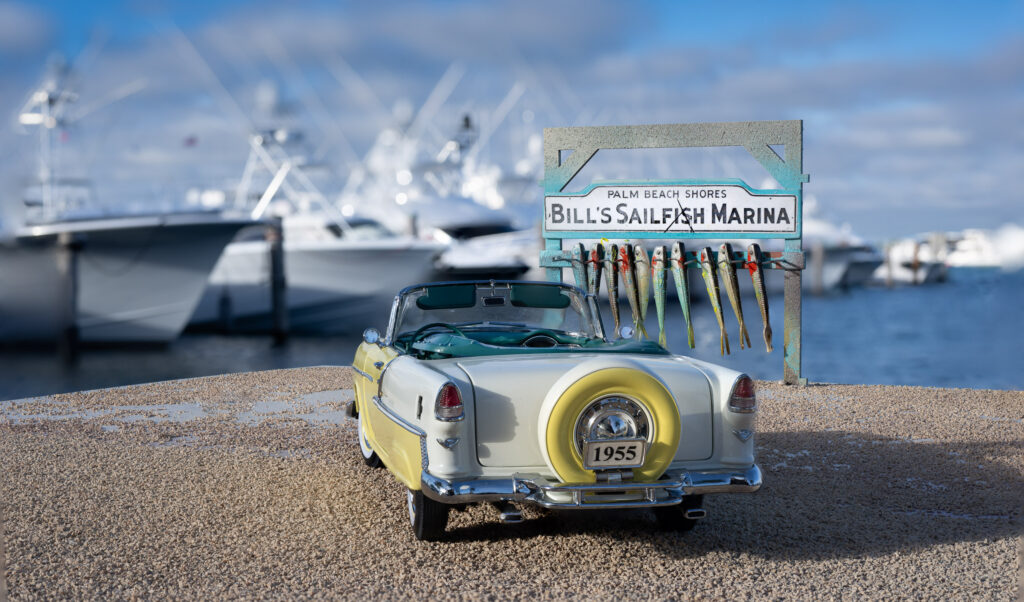
While my Dad was landing on his feet at his new job, my mother navigated a world of the draw bridges that separated our home from the grocery store. She endured sand-tracked formica floors and a kitchen with cockroaches the size of mice. At the end of each day Mom and Dad argued loud and long as to whether our family should make a home here, or cut their losses and return to civilization. In long phone calls, grandparents pleaded for us to come back to New York before we were taken by hurricanes, coral snakes or confederate soldiers in hiding.
The changes were around. for all of us. I left an elementary school with snow on the playground, and enrolled in a new school with a playfield of sand that burned feet and bull thorns that punctured sneakers. The classroom doors and windows opened to the elements-alternate days of still heat, or windy cold. Soon, I wore rubber flip flops on my bare feet to be like my classmates and learned to avoid the bull thorns. After school I walked the docks near the Palm Beach Inlet, where boat mates hosed and polished gleaming fiberglass yachts after unloading the morning’s catch of Sailfish, Dolphin and the occasional great Hammerhead Shark.

Today, I have lived six decades in the sunshine state. My memories are rusty -like the family wagon that carried us to Florida. Feeling nostalgic, I decided to time- travel back to the 1960’s with the help of a camera, some old toy cars and “forced perspective” photo techniques.
I felt a need to illustrate a unique time– the decades that “old frontier Florida” became “modern concrete Florida”. My classmates and I were the last free-range kids that teased rattle snakes with fallen palm fronds and used pillowcases to power skateboards while hurricanes approached. We proudly rode our Stingray bikes through the white smoke spewing DDT fogger trucks never considering the poison would fog our minds later in life.
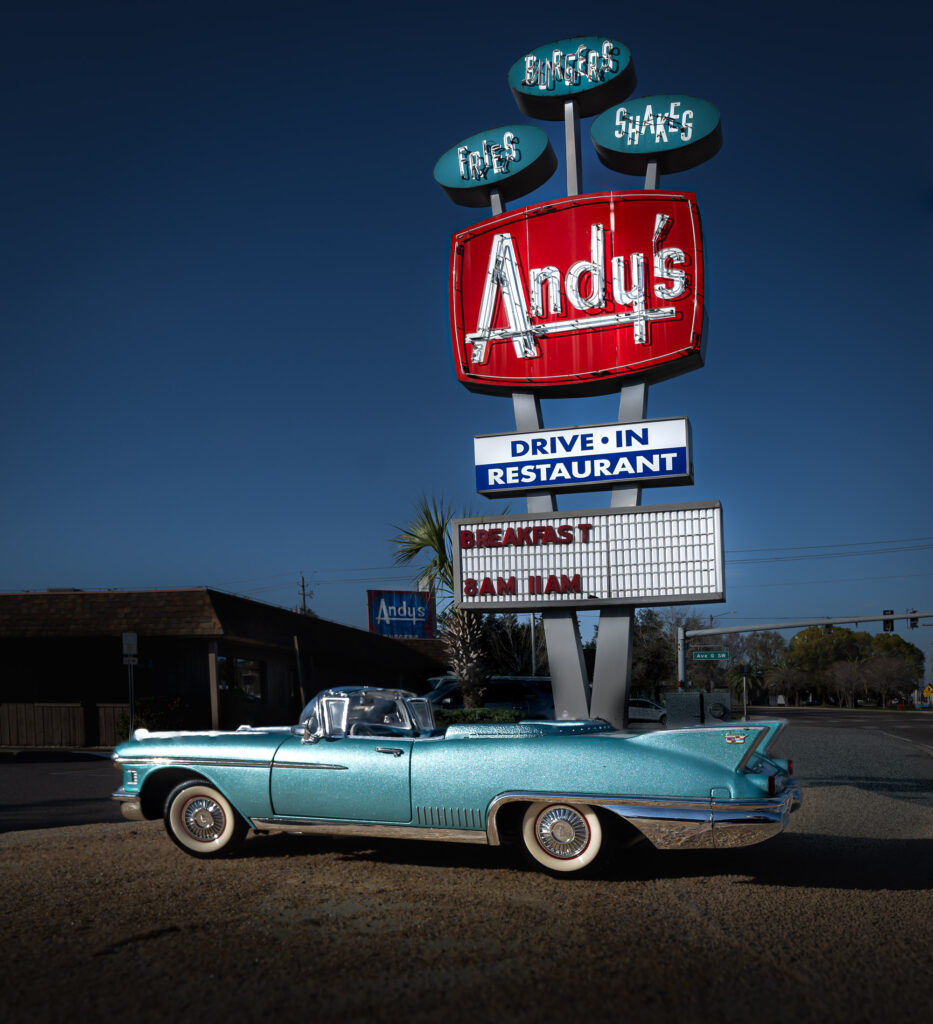
“The Florida Gator Head Fruit Stand”
Roadside stands lured travelers with the promise of ten cent orange juice or a view of the “World’s Largest Sea Shell” Here, tourists loaded up on Pecans, Peanut brittle, Salt Water Taffy—and perfect gifts that shouted “I went to Florida” -Orange Blossom perfume and a purse made out of a whole baby alligator!
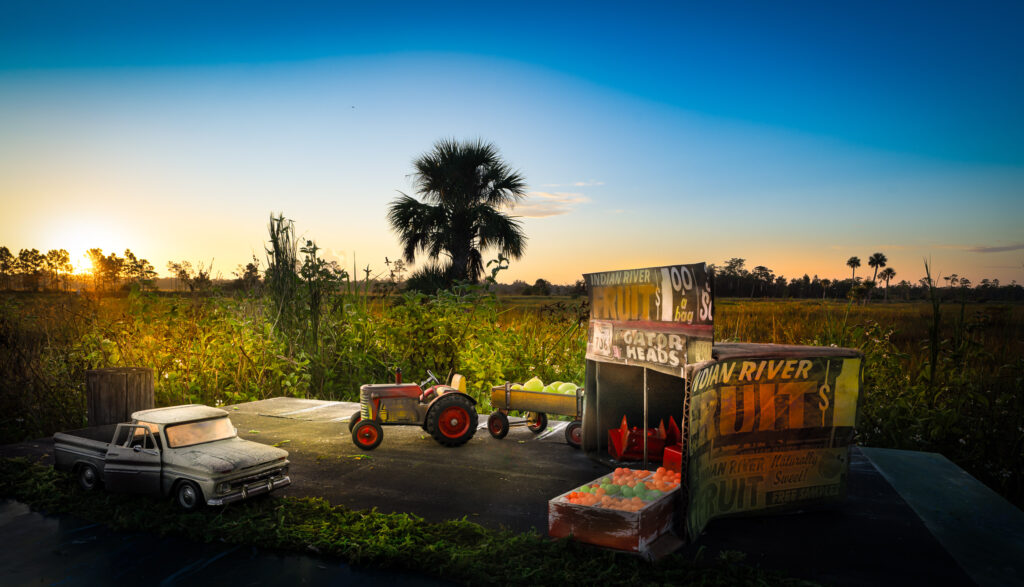
Old Jupiter— The Dubois family came to Jupiter Inlet at the turn of the century. On weekends, we drove up to “Old Jupiter” from North Palm to swim in the lagoon at Dubois Fish Camp. Mr. Dubois’ bee farm is now a par three golf course, but the families’majestic home, one of the oldest residential structures in Palm Beach County is open to the public at Dubois County Park.
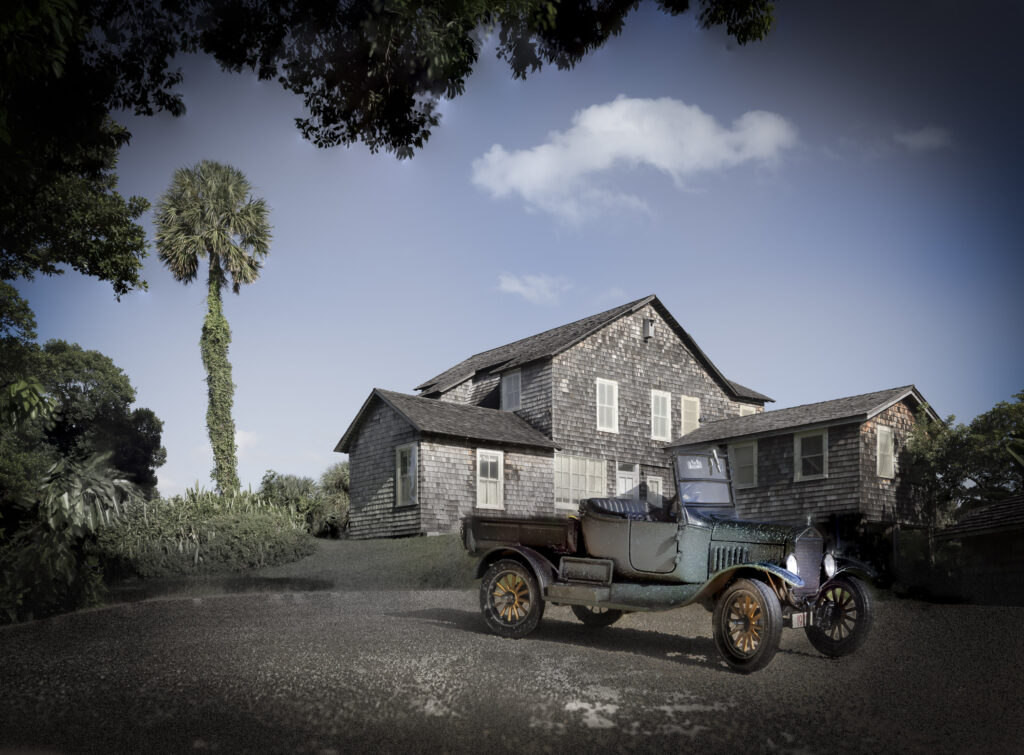
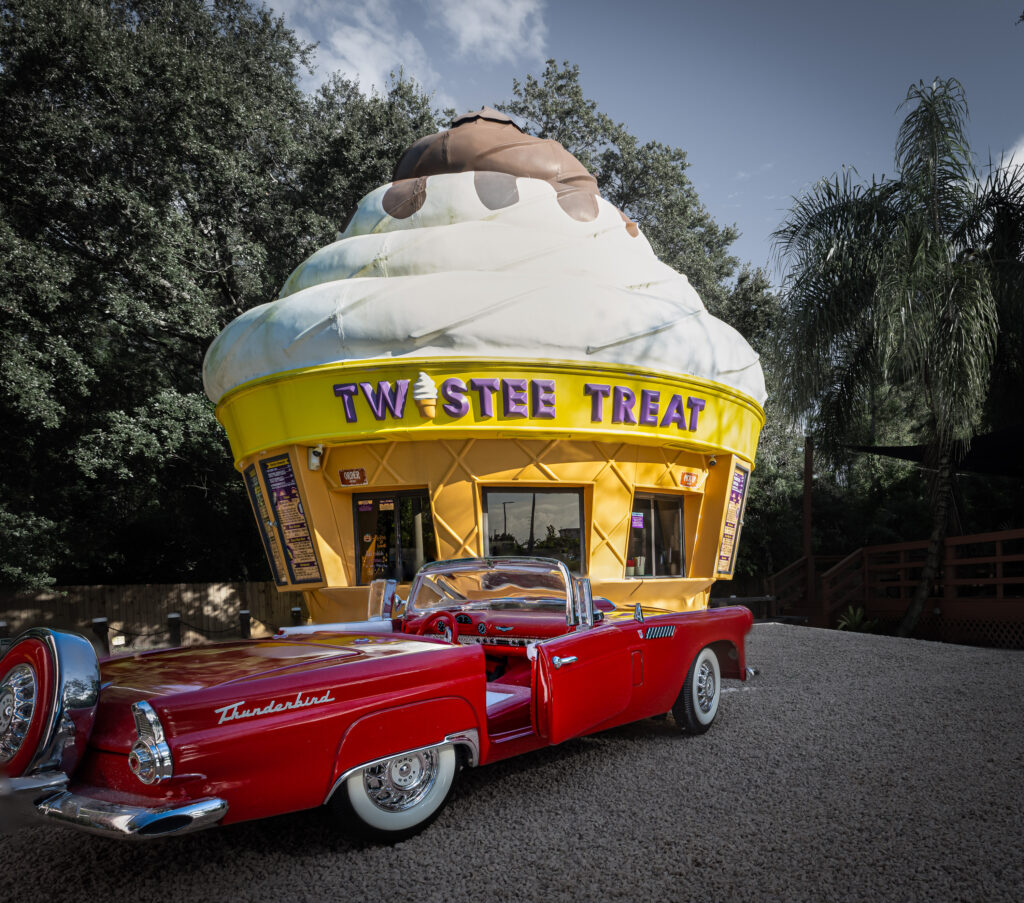
“Tastee Treat”
When times were good, our family celebrated Friday nights with soft ice cream in a cone. Florida’s first architects were experts at designing retail buildings that mimicked exactly what kids were looking for—soft Ice Cream in a cone!
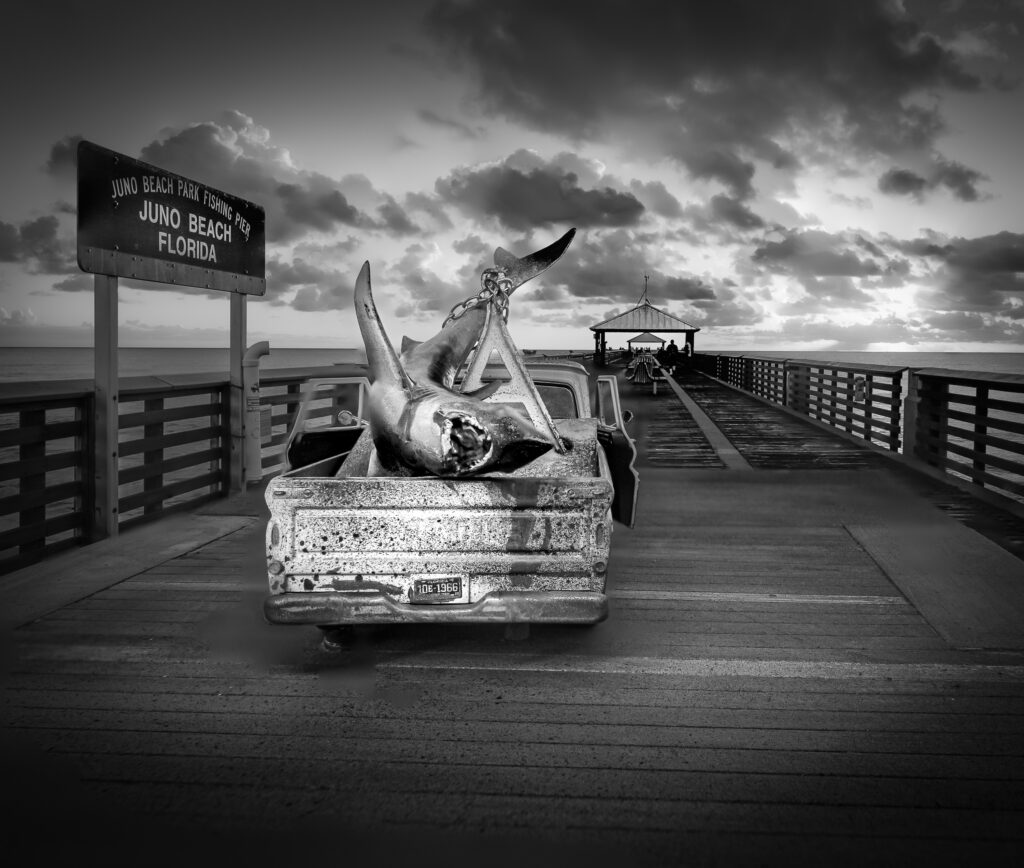
“Catching Sharks from the Pier”
Man eating sharks weren’t pampered during the mid-sixties like they are today.
The daring souls that hooked one up from the pier were considered heroes. Period. End of argument. One less shark. One less shark attack.
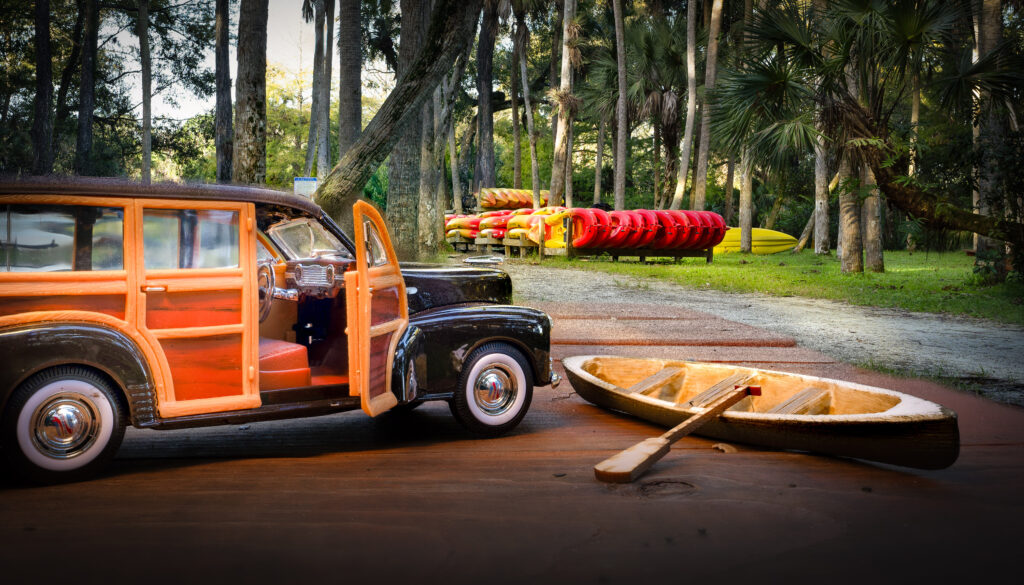
“Secrets of the Loxahatchee”
Before today’s riverside kayak concessions, a hermit lived on the wild upper Loxahatchee River. He survived by eating snakes, wild boar and mullet. People spoke about him like he was crazy. Crazy smart he was. He built a zoo of wild animals, put on an Alligator wrestling show for tourists and invested his money in additional acres of pristine wilderness.
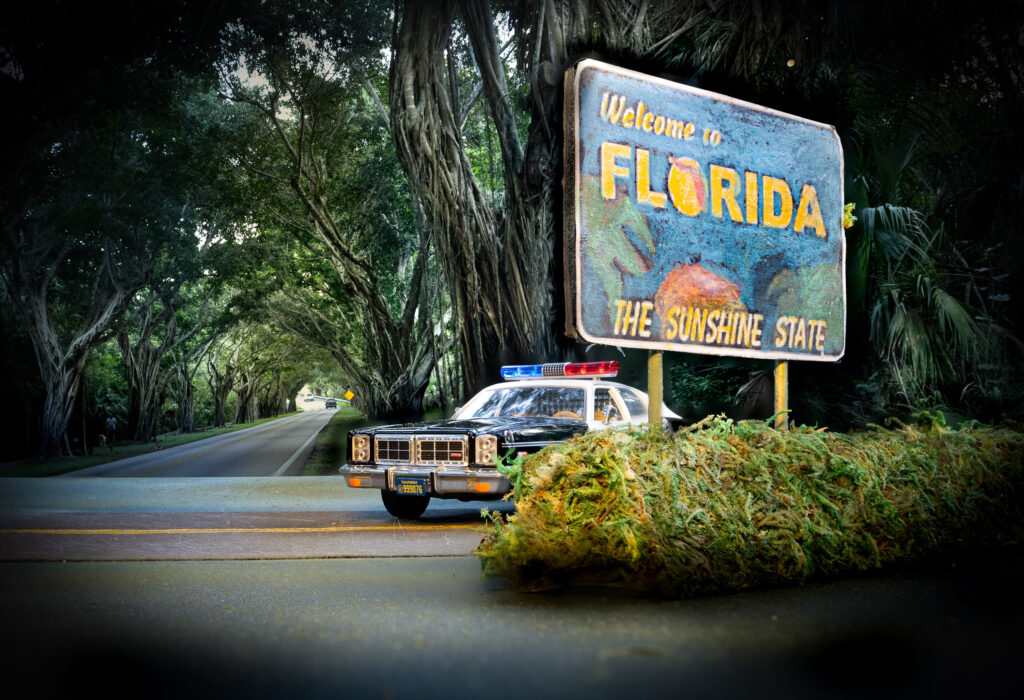
“Welcome to Florida” . As teenagers, we were indignant that police prevented us from surfing the beaches of Palm Beach and Jupiter Island. This small indignity was nothing compared with the far greater injustices of the times that I only later discovered.
The public spaces I took for granted– Howard Johnson restaurant, Burdines department store, Riviera Public Beach, most state parks –all refused entry to people of color. They would be chased away, with the threat of arrest. . The realtor who showed my parents our future neighborhood of North Palm Beach, would have turned away a black family. Even though the Civil Rights Act was signed in the summer of 1963, becoming the law of the land, most Florida counties operated as if it did not exist. Public schools were segregated as late as 1970.
As a child, I was oblivious to the rules of the Jim Crow South, until our first driving vacation across the state. On the road to Ocala, dozens of highway signs invited us to “Florida’s Number One Attraction”
We couldn’t wait to arrive. Then at the entrance to Silver Springs we were confronted with
two billboards. The first read, “Welcome to Florida’s Greatest Attraction!” The second billboard read,
“Paradise Cove ahead two miles, Exclusively for Colored Folk” Beneath the signs was parked a Sheriff’s patrol car waiting to take trespassers to the Marion County Jail.
“Dune Buggy Racing”
Long before the oceanfront condominiums, majestic sand dunes overlooked the sea. Locals drove VW dune buggies to check the surf or go fishing. Today the natural dunes have been re-arranged, restored with native species and wisely closed to beach buggies. The politicians and environmentalists got this right, but missed the bigger picture. Beginning in the seventies, most towns along the Gold Coast began dredging silt from the sea bottom and pumping it onto their respective beach to keep oceanfront condos from washing away. This sand quickly spread over the near shore reefs and smothered the live coral. By the nineties, all near shore reefs were killed. And, each year the littoral currents wash away the sand and the communities pay millions to start the process all over again.
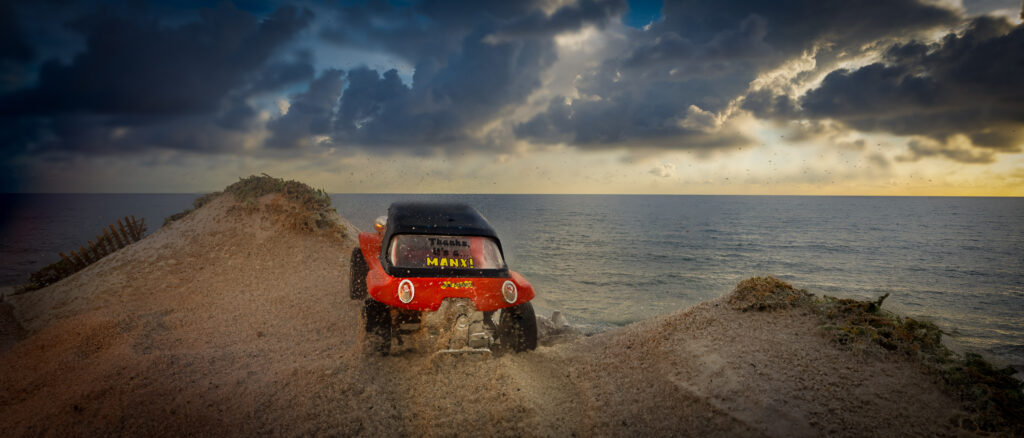

“Pop’s Garage” My Dad’s job selling race car products took us from New York to Florida –a place he saw as a great adventure. He introduced our family to both the roar of Daytona, Sebring and Ocala raceways and the quiet solitude of the Indian River at sunrise. How quickly we became “natives” and strangers to our relatives up north!
We were no longer New Yorkers, we were Floridians.
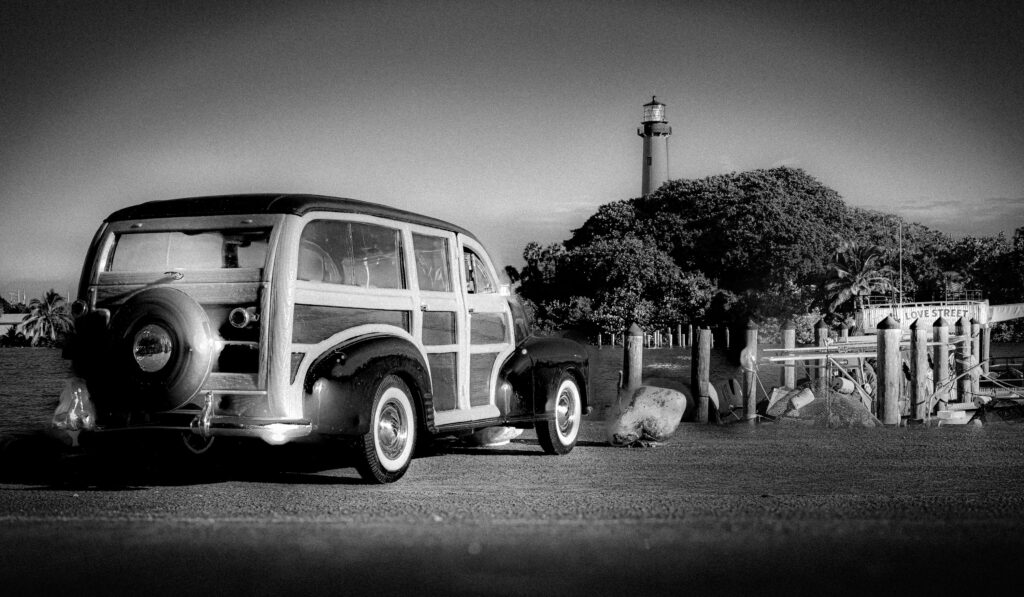
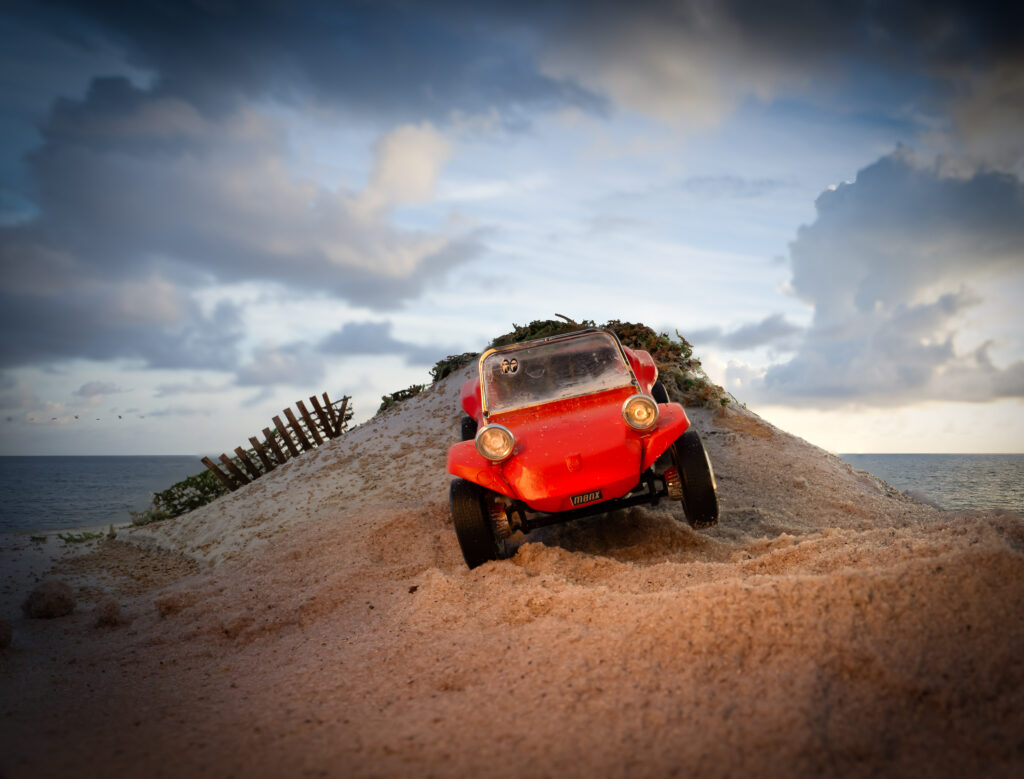
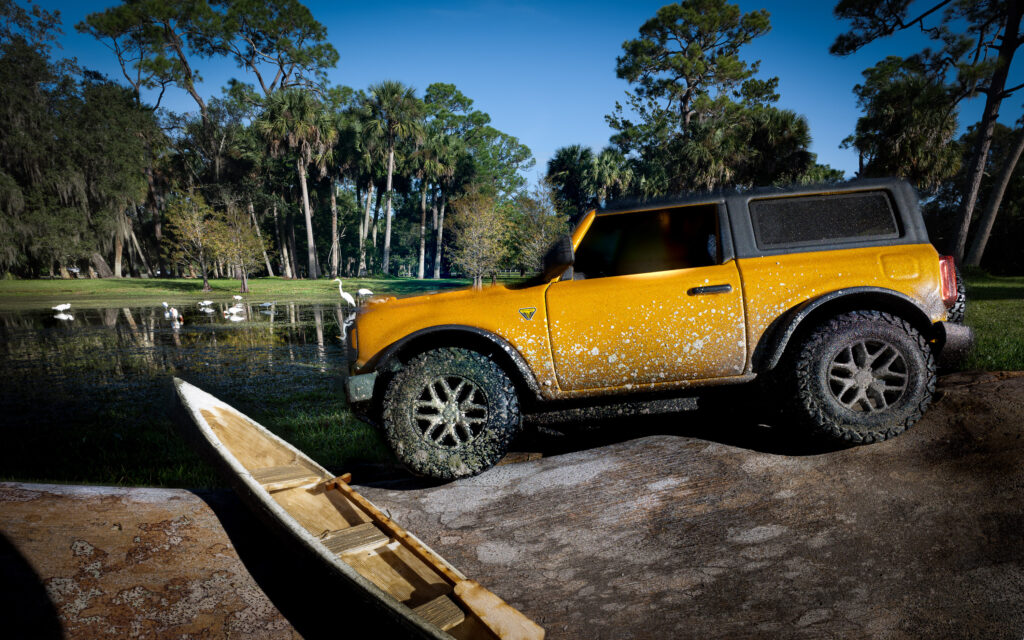
Bob Gibson teaches wildlife and waterscape photography. For information, contact: bobgibsonphoto@gmail.com
